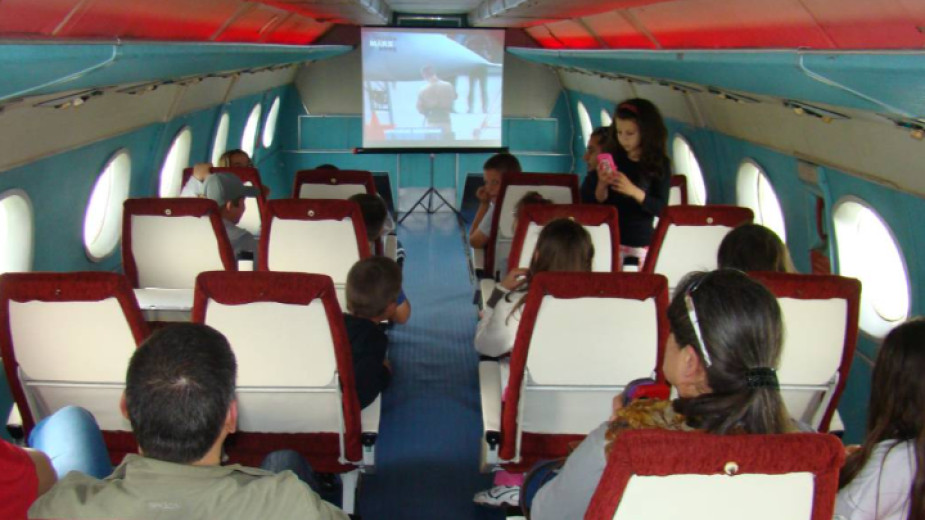 7
7
From the first attempts to fly with homemade wings back in the 19th century, to the world's first combat flights with reconnaissance and bombing purposes. From the first successful landing of an airplane with a stopped engine in history, to the world's sixth space force... Bulgarians definitely have something to be proud of when it comes to Bulgarian aviation. These famous moments from our history, along with curious facts and exhibits from different historical periods come to life in the Aviation Museum near Bulgaria's second biggest city Plovdiv.
Visitors can view dozens of flying machines - airplanes, helicopters and aviation-related equipment. The green military hydroplane Arado - 196 A-3 "Shark" from 1938 is causing a real furore among connoisseurs.


A special hall is dedicated to space research. But there is nothing surprising in this. Bulgaria has a globally recognized contribution to the development of space science as the sixth country to send an astronaut in outer space in 1979. "We are also the third country in the world to start producing space food after the USA and the USSR," says Rada Banyalieva, adding:

"In the "Space" hall, we present the achievements of Bulgarian space science, such as the creation of the so-called space freeze-dried food used by astronauts during flights. Beans, sausage, plum, peach, strawberry, yogurt, lyutenitsa... Almost everything we eat on Earth can be used in space.



The roof of the National High School of Applied Arts in Tryavna , a cultural landmark with almost a century of history, was destroyed in a fire early this morning. The blaze broke out around 3 a.m. and spread rapidly due to the building's wooden beam..
An international conference “AI and education: The road to innovative teaching and learning” brings together 50 teachers from the Bulgarian schools around the world on 4 and 5 April in London. The event, taking place under the national programme of..
People are increasingly freeing up space for technology that they manage and keep under control. Artificial intelligence is quickly settling into this shared space. AI has been entering classrooms in recent years to bring the..
An international conference “AI and education: The road to innovative teaching and learning” brings together 50 teachers from the Bulgarian schools..
The roof of the National High School of Applied Arts in Tryavna , a cultural landmark with almost a century of history, was destroyed in a fire early this..

+359 2 9336 661
